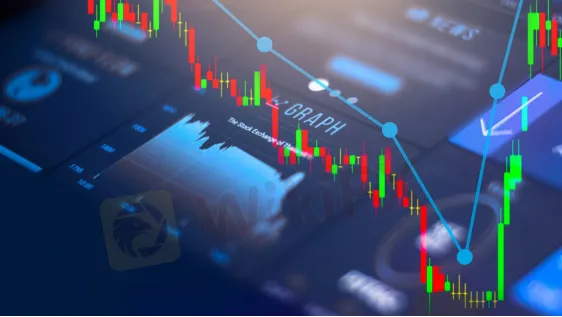简体中文
繁體中文
English
Pусский
日本語
ภาษาไทย
Tiếng Việt
Bahasa Indonesia
Español
हिन्दी
Filippiiniläinen
Français
Deutsch
Português
Türkçe
한국어
العربية
What is a Forex Spread in Trading (Part 6 : Ending)
Abstract:Spread is one of the basic terms of forex trading and investing.
Previous part :https://cutt.ly/pjId3rY

Why it is important to know the value of spread in trading ?
Each trader has a different degree of sensitivity to the cost of spread. Your degree of sensitivity to the cost of spread should depend on the trading strategy you use. The lower the timescale you trade on and the larger your number of transactions, the more vigilant you need to be about the spread size.
If you are a Swing trader looking to accumulate a large number of pips over weeks or even months, the spread size affects you only slightly compared to the movement size that you sought. But if you are a Day trader or a Scalper, the spread size can make all the difference between your losses and profits.
If you regularly enter and exit the market, the transaction costs may add up. If this is your trading strategy, you should make sure to place your orders at times when the spread size is optimal.
It is generally a good idea to combine indicators. So use one or more other indicators to confirm the signals obtained by your main indicator. A spread indicator can be used as a last filter to enter the market, and make sure you don't enter a position at a sub-optimal time.
Note that this will not be useful for every trader: if you are using a strategy that causes you to open few positions, you will be unlikely to want to add a filter that excludes opening positions in the event of a spread above the average. On the other hand, if you have a strategy with a high frequency of opening positions that aims to gain a few pips, it can be vitally important to avoid placing an order when the spread is unusually high.
You could adopt a short-term trading strategy, analyzing an hourly chart and selling if the market hits the upper bound or buying if the market hits the lower band. Then you can apply a filter to improve the performance of this first indicator.
Let's say you look at a 100 moving average and a 25 moving average, and use them to set the underlying trend. If the fast moving average (25 MA) is lower than the long moving average (100 MA), it indicates a downtrend. If the fast moving average is higher than the long moving average, it indicates an uptrend.
You follow the signals of your primary indicator, but enter a position only if the signal is in the direction of the underlying trend. The filter now only allows you to position buy if the fast moving average is above the long moving average, or sell if the fast moving average is lower than the long moving average.
As a definitive confirmation signal for entering a position, you can use the spread indicator. You can go back the history of spread to identify the time slots with the highest spreads. This will allow you to avoid trading during these time slots when the spread is unusually high. Instead, you trade during times when the spread is at its mid-level or below that level.
Of course, the example explained above should be taken as an illustration of the use of spread indicator rather than as a trading strategy. Before using a trading strategy, it should always be tested in a risk-free environment, such as on demo accounts.
(End.)
Disclaimer:
The views in this article only represent the author's personal views, and do not constitute investment advice on this platform. This platform does not guarantee the accuracy, completeness and timeliness of the information in the article, and will not be liable for any loss caused by the use of or reliance on the information in the article.
Read more

FBS Joins Two Prestigious Financial Events by the End of 2024
FBS is thrilled to announce our participation in two major financial events in Asia – iFX Expo Asia 2024 and Traders Fair Davao!

FBS IB Program Named the Best Globally
The FBS Partnership Program earned the title of the Best Introducing Broker Programme 2024 from the World Finance Awards.

FBS Ranked Among Top 5 Best Brokers by FXStreet
FBS has been recognized as one of the best Forex brokers in 2024 by FXStreet!

FBS Increases Leverage on U.S. Indices to 1:500
FBS is excited to announce a significant update in trading conditions for our clients: starting from August 5th, 2024, the leverage on major U.S. indices, including US30, US100, and US500, is increased from 1:200 to 1:500.
WikiFX Broker
Latest News
ASIC Sues Binance Australia Derivatives for Misclassifying Retail Clients
AIMS Broker Review
The Hidden Checklist: Five Unconventional Steps to Vet Your Broker
WikiFX Review: Is FxPro Reliable?
Malaysian-Thai Fraud Syndicate Dismantled, Millions in Losses Reported
Trading frauds topped the list of scams in India- Report Reveals
YAMARKETS' Jingle Bells Christmas Offer!
Doo Financial Expands Regulatory Reach with Offshore Licenses in BVI and Cayman Islands
Why is there so much exposure against PrimeX Capital?
Russia to Fully Ban Crypto Mining in 10 Regions Starting January 1, 2025
Currency Calculator


